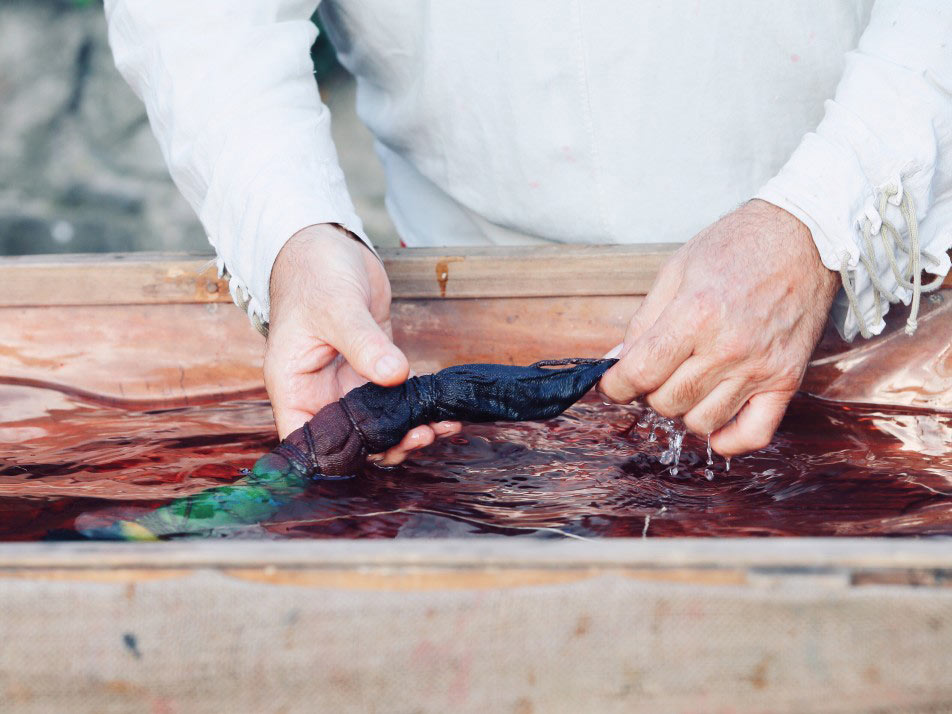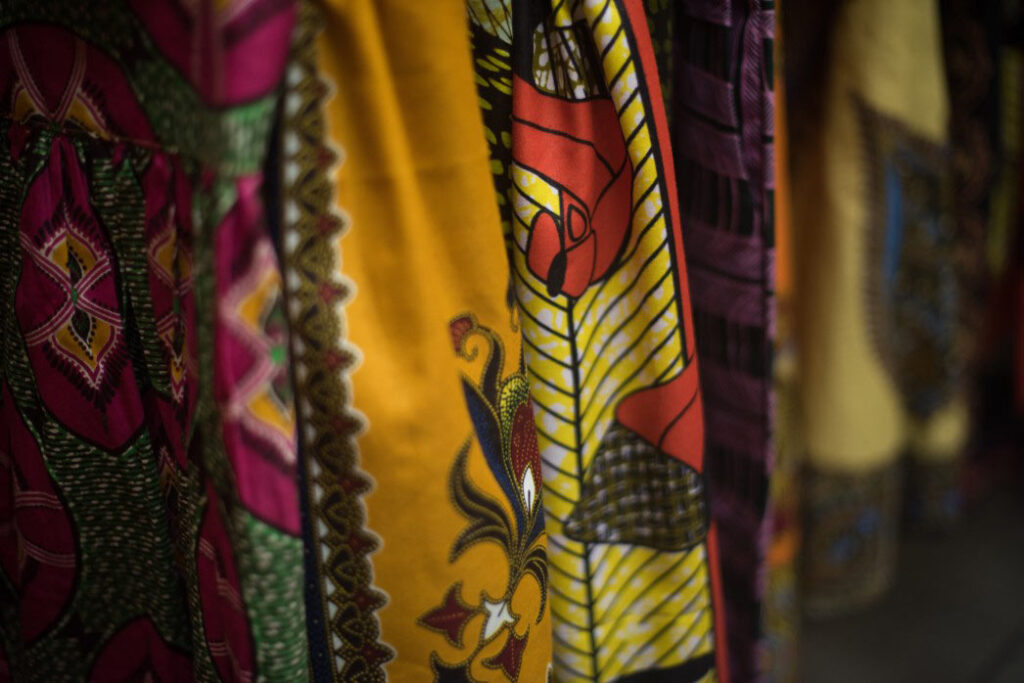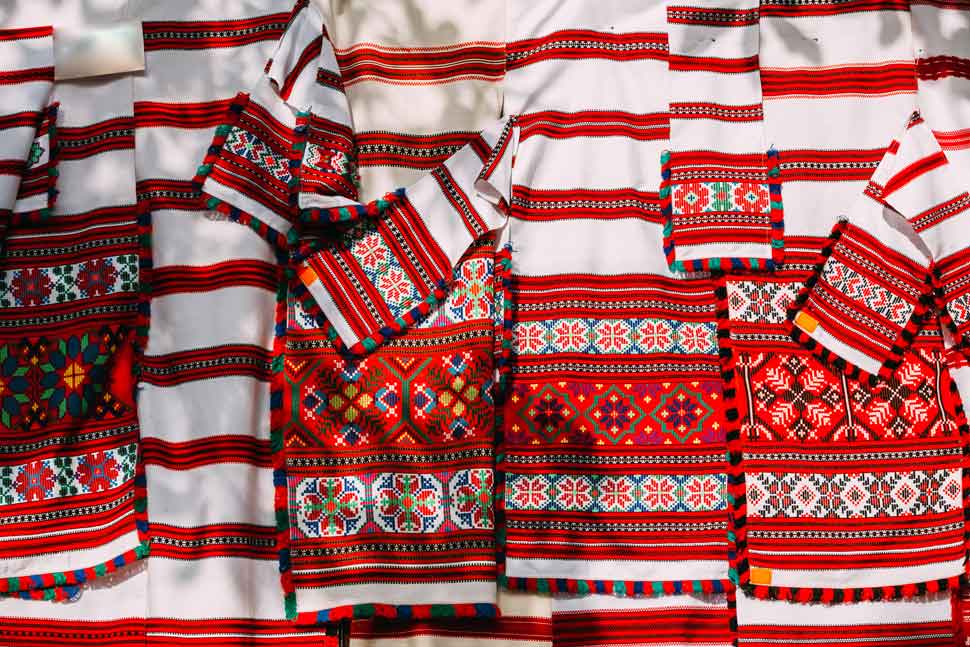
Weaving:
Weaving is one of the important processes in this industry. Before understanding this process, familiarise yourself with the following terminologies.
Warp: a vertical strand
Weft: a horizontal strand
At first, warp and weft are interlaced at right angles. This creates a complex arrangement of strands which provides toughness and flexibility at the same time. By repeating this step continuously, strong and reliable fabrics or garments are created. Although this process is exactly similar to hand weaving, machine weaving makes cloth much more sustainable and damage-free.
Looms have been considered as the most convenient and efficient machine for the weaving process since it was invented.




